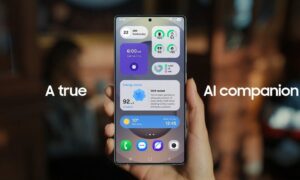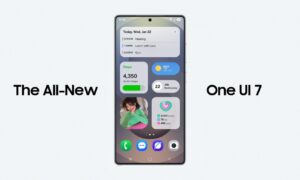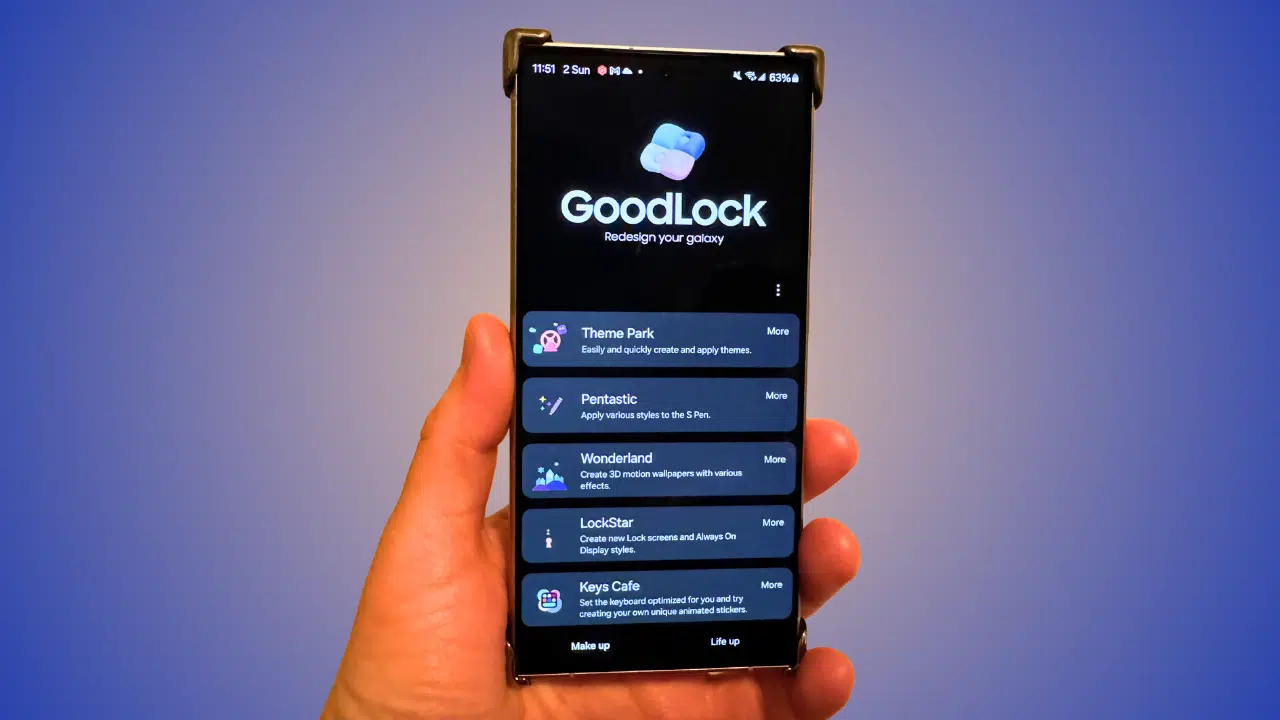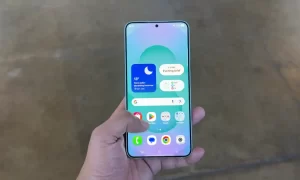According to the latest report, Lou Gehrig’s disease, also known as amyotrophic lateral sclerosis, is a nightmare for patients. The patient can’t move a muscle in his body, or even open his eyes. are “totally closed”, still conscious but unable to express their needs and desires in any way.
Now, European researchers say a new brain implant could be a boon for ALS patients, restoring the ability to communicate with family and doctors in a 34-year-old ALS patient. It is reported that they implanted two microchips into the brain of this German patient, and the patient can express words and even complete sentences only through consciousness.
Join tip3x on Telegram
“Even when the patient is completely paralyzed, without even any ocular Movement and other muscle activity, and his brain consciousness can be expressed through the implant, meaning this new brain-computer interface device allows a completely closed patient to express whatever he wants.”
According to the patient’s case data, he was diagnosed with a rapidly worsening form of amyotrophic lateral sclerosis in August 2015, by the end of 2015 he had lost the ability to speak and walk, and in 2016 he had to be maintained on a ventilator Breathing because his muscles have been unable to move to breathe.
 At first, the man was able to communicate via an eye-tracking device that used his eye movements to combine words and sentences, said Neil Thakur, chief mission officer of the ALS Research Association. In the group of ALS patients, we usually think that the “closed person” can’t move the body except for the eyes, with the help of some assistive technology, such as an eye tracker, some ALS Patients are very good at communicating deeply with their eyes.
At first, the man was able to communicate via an eye-tracking device that used his eye movements to combine words and sentences, said Neil Thakur, chief mission officer of the ALS Research Association. In the group of ALS patients, we usually think that the “closed person” can’t move the body except for the eyes, with the help of some assistive technology, such as an eye tracker, some ALS Patients are very good at communicating deeply with their eyes.
By August 2017, the German patient couldn’t even do that because he had lost the ability to gaze, and his family agreed to implant two microchips in his motor cortex (the part of the brain responsible for movement), one for each About 0.1 inches square, each implant has 64 needle-like electrodes that detect nerve signals.
The patient’s brain activity is generated by moving his body consciously. Although his body is immobile, the implant can pick up the brain activity and feed it into a computer as a “yes/no” signal. A spelling program can read the alphabet. The patient uses brain waves to select specific letters and then form words. This process is very slow, about 1 minute to piece together a letter, but now allows the patient to resume some simple communication with the surrounding people.
Thakur said: “This study shows the survival dilemma of ALS, and the promise of future treatments, as we know that people who are ‘closed’ like this can have conscious functioning and continue to be with their families. meaningful emotional connection.”
Jonas Zimmermann, a senior neuroscientist at the Wyss Center for Biological and Neural Engineering in Geneva, Switzerland, said: “However, this brain-computer interface device is expensive and requires a lot of time to operate, such as nursing Personnel must be trained to build systems and validate patient responses so patients can communicate effectively using brain implants.”
He noted that at the Wyss Center for Biological and Neural Engineering, we are developing a fully brain-implantable device that reduces the risk of infection and is easier to install and control. Clinical trials in the near future. The wireless device, called ABILITY, decodes speech directly from the brain as the patient imagines speaking, allowing for more natural and smooth communication.










